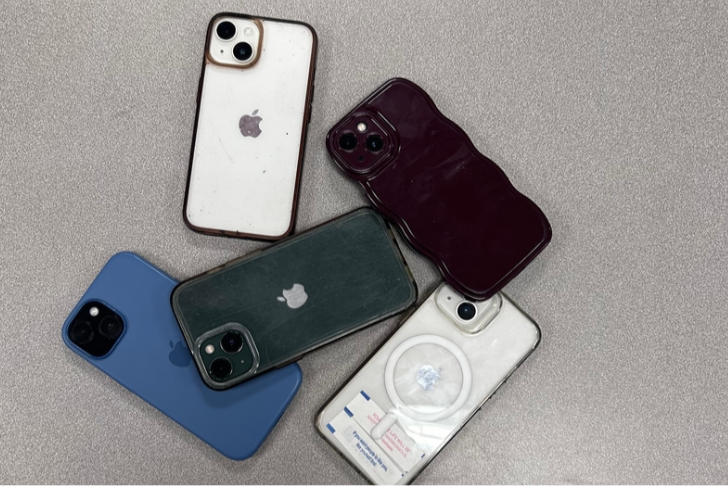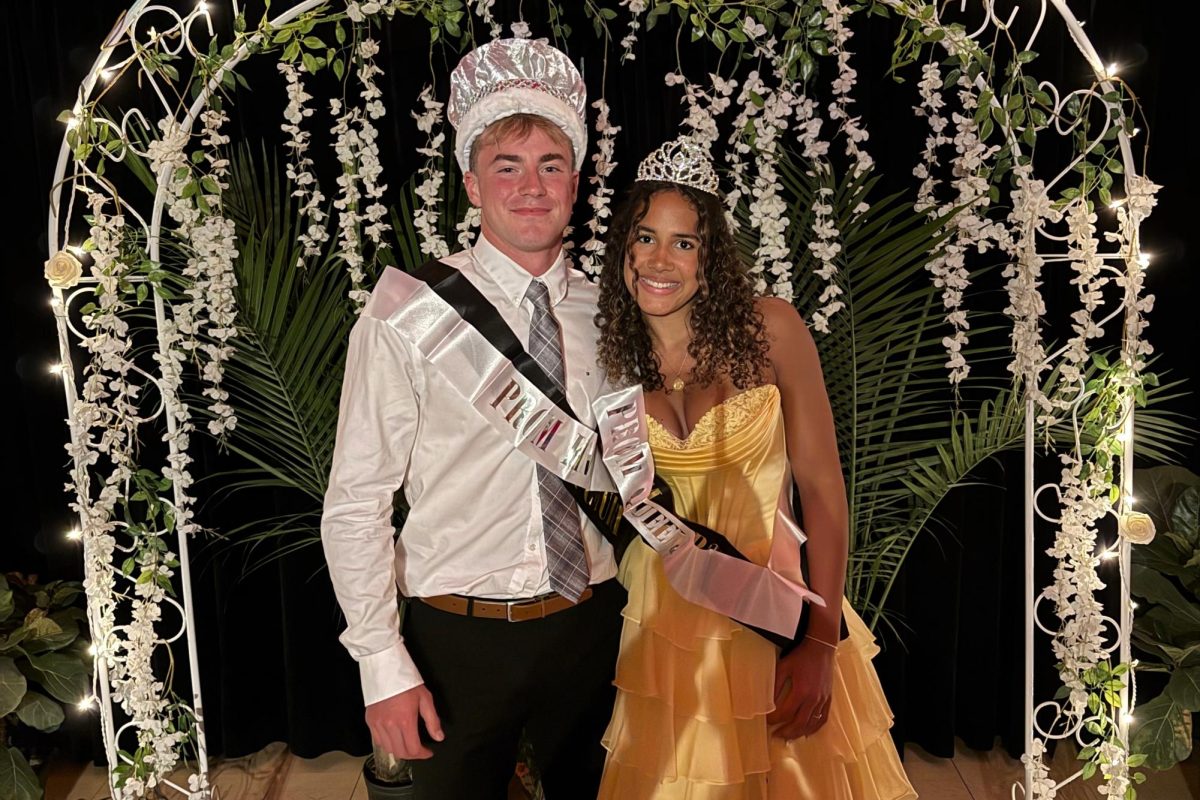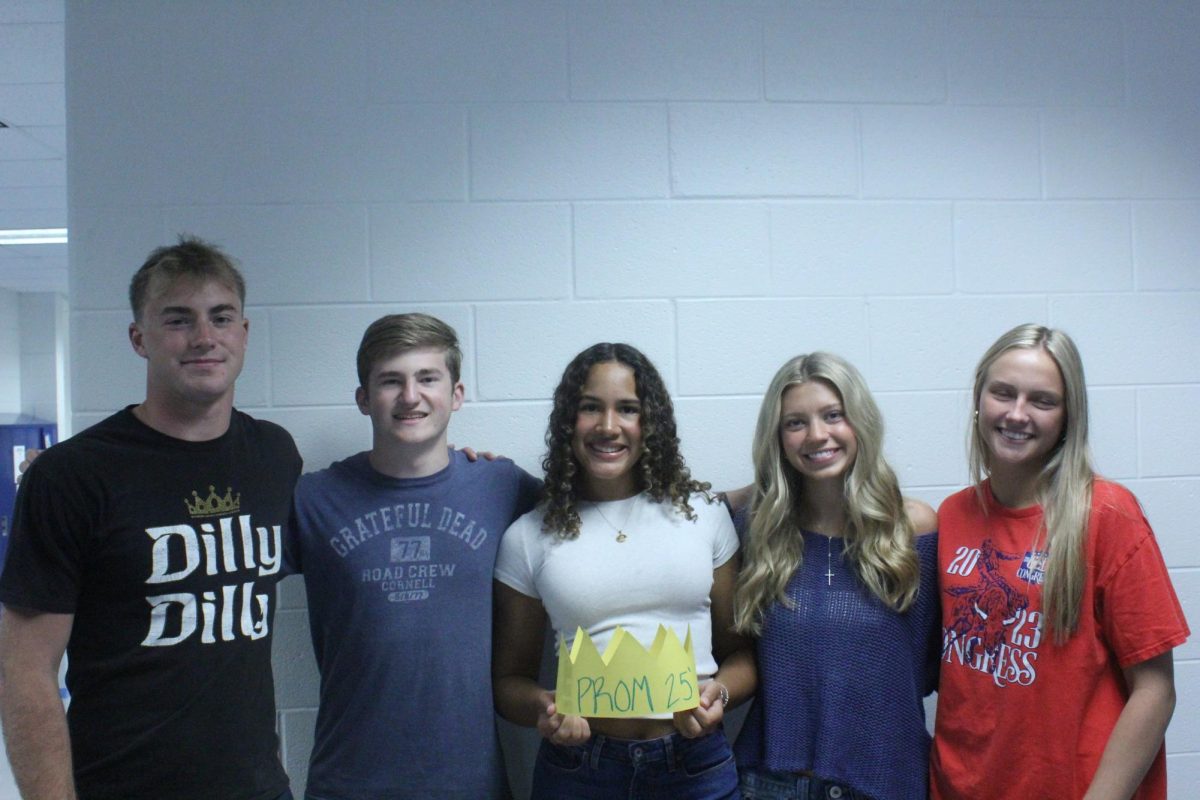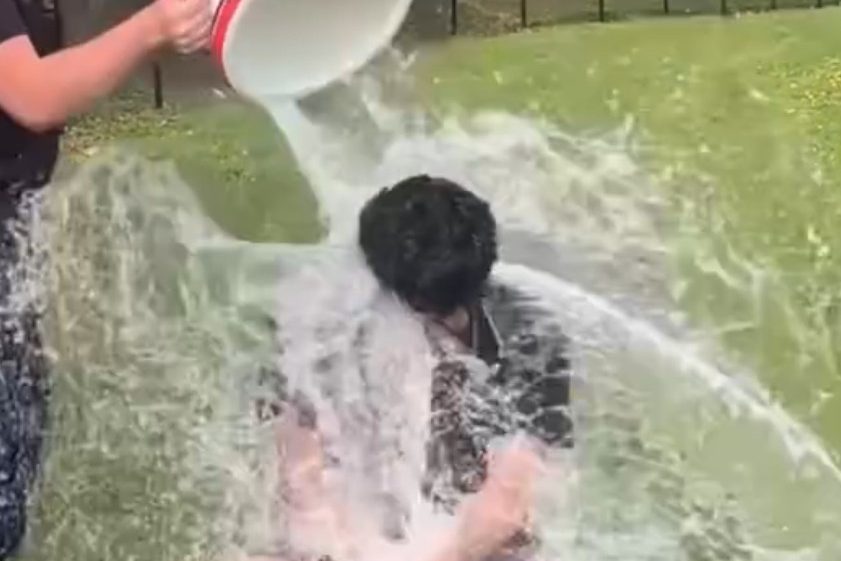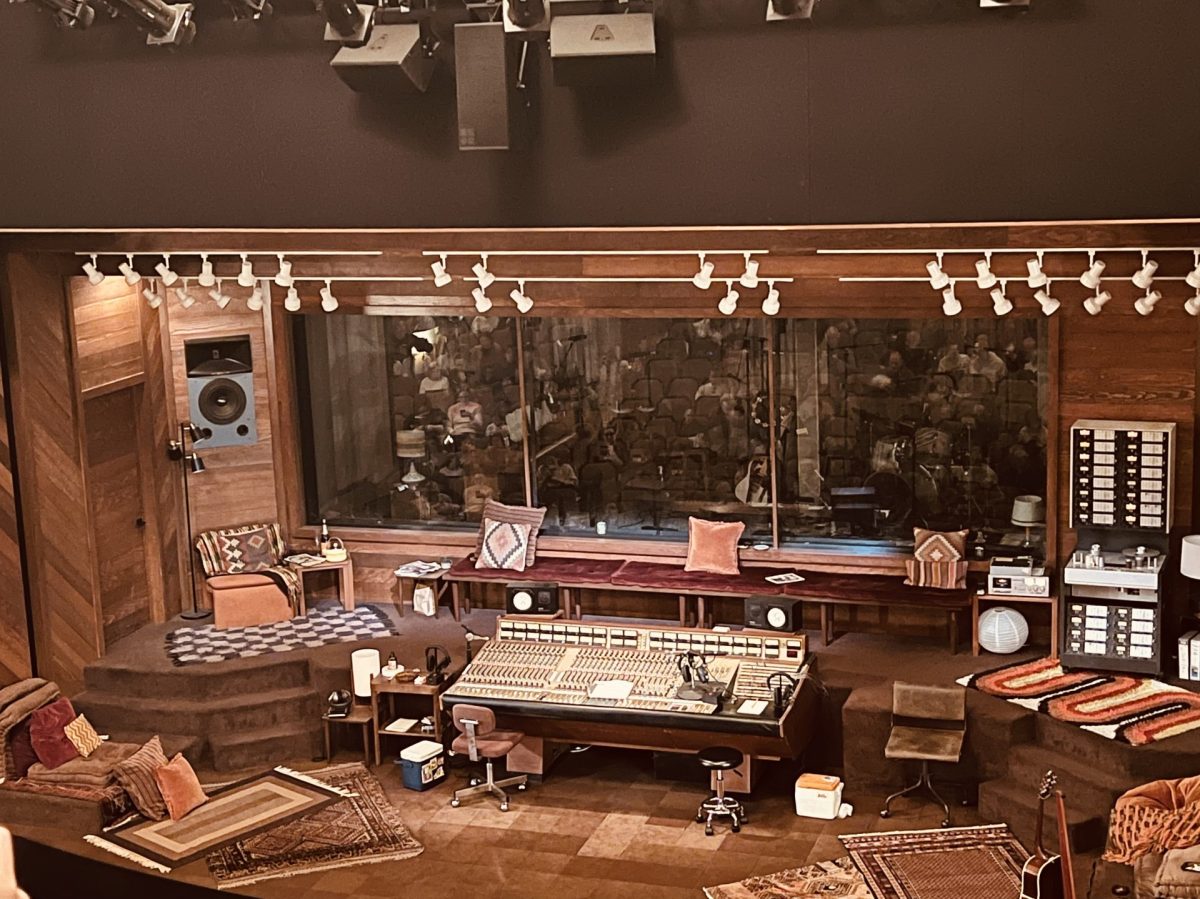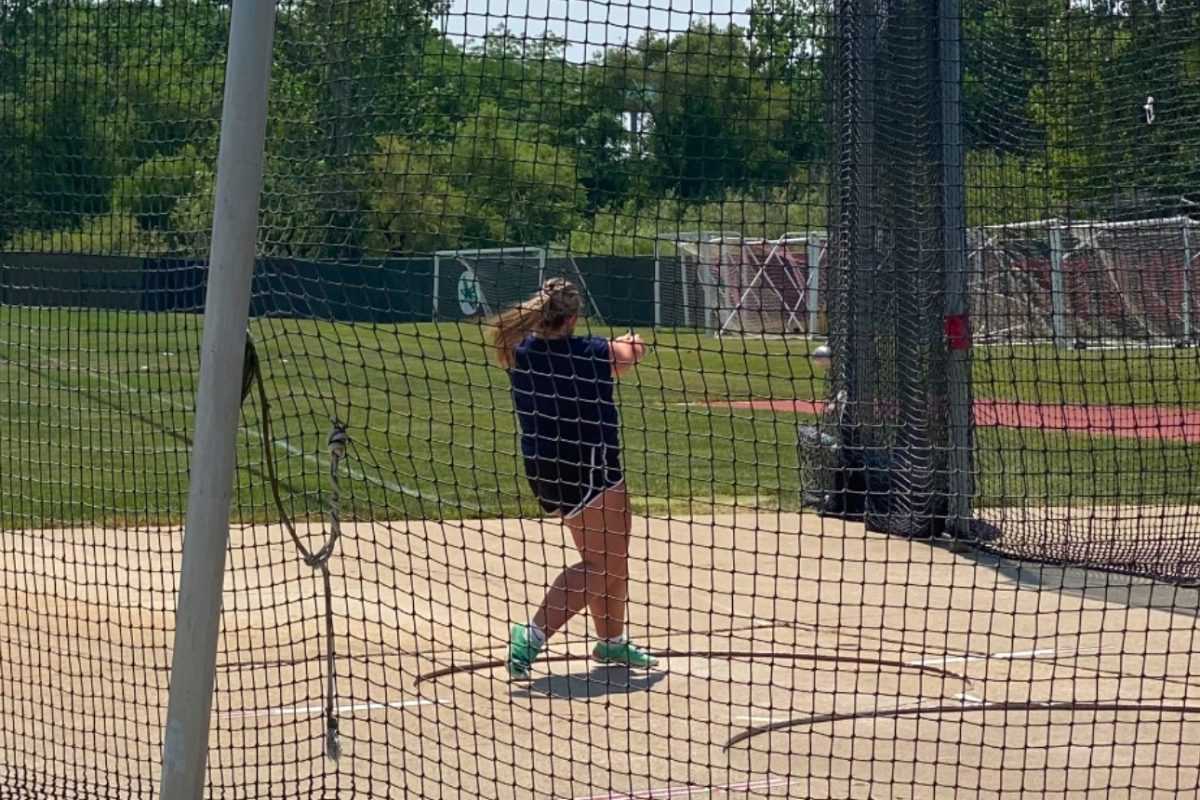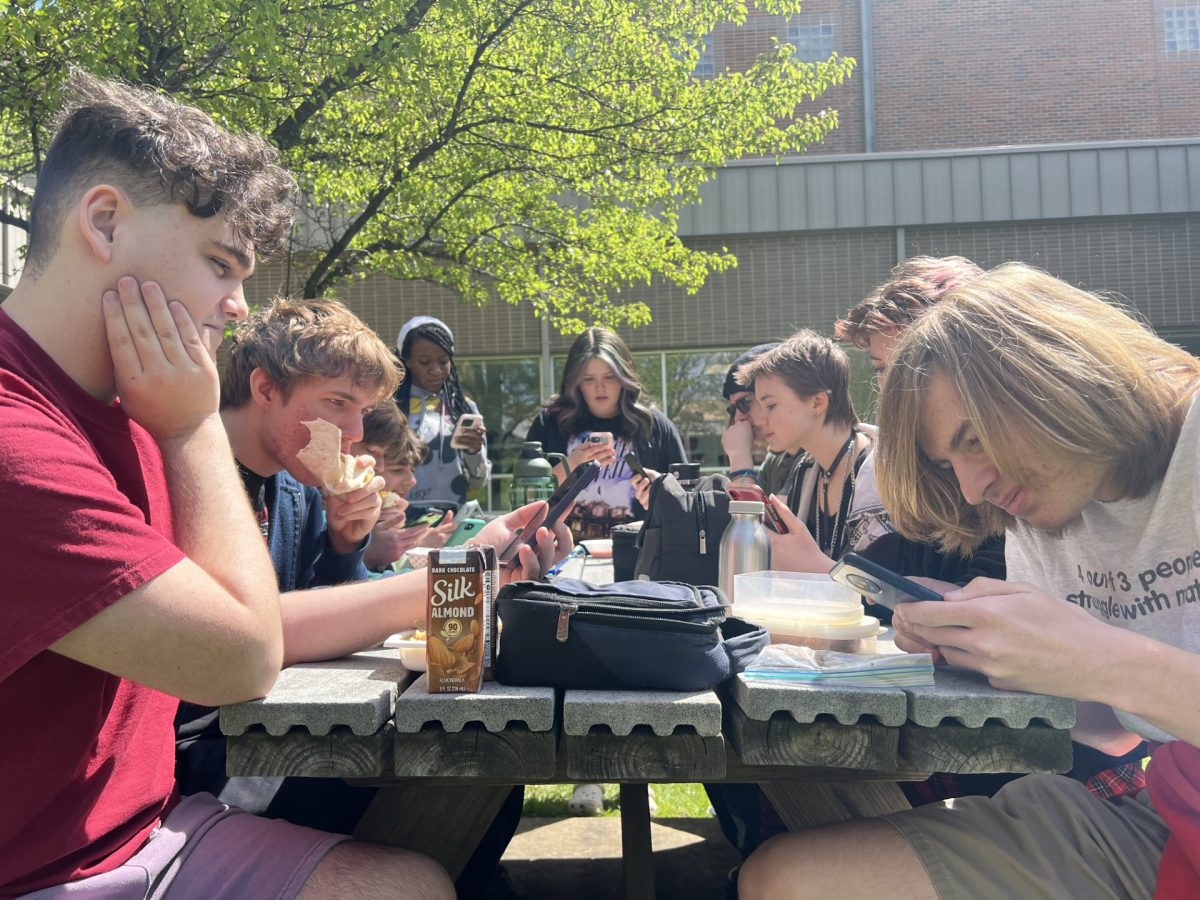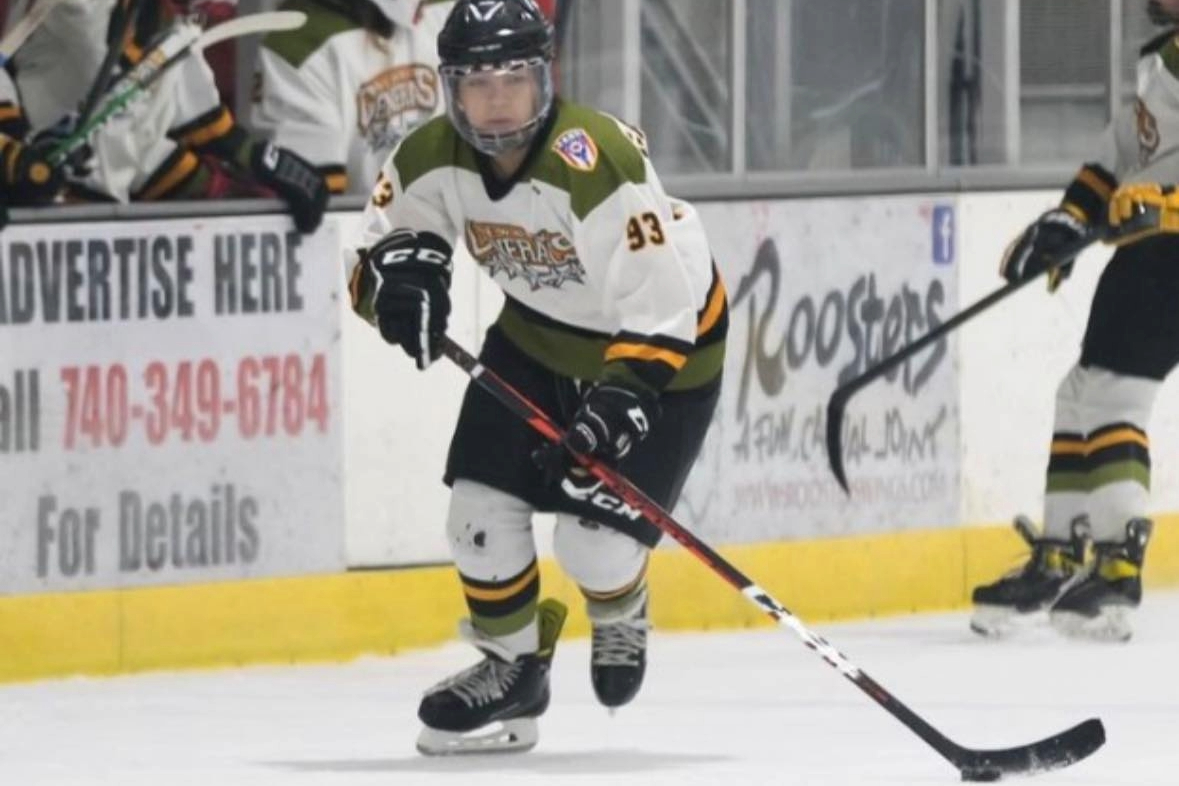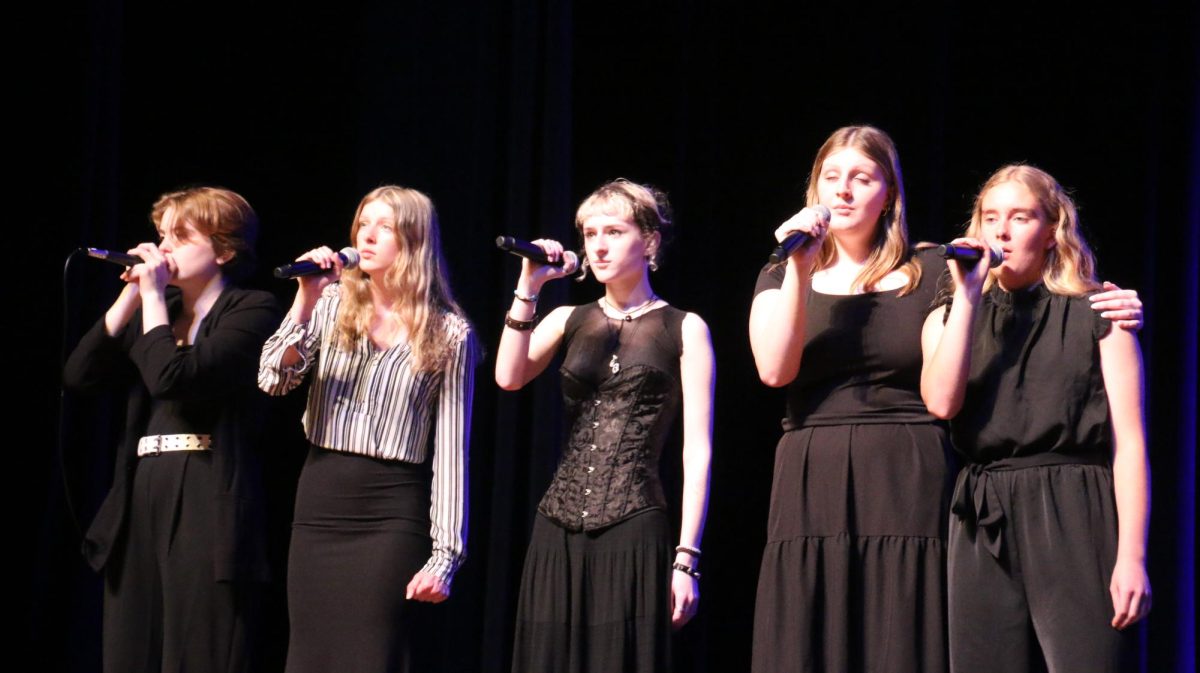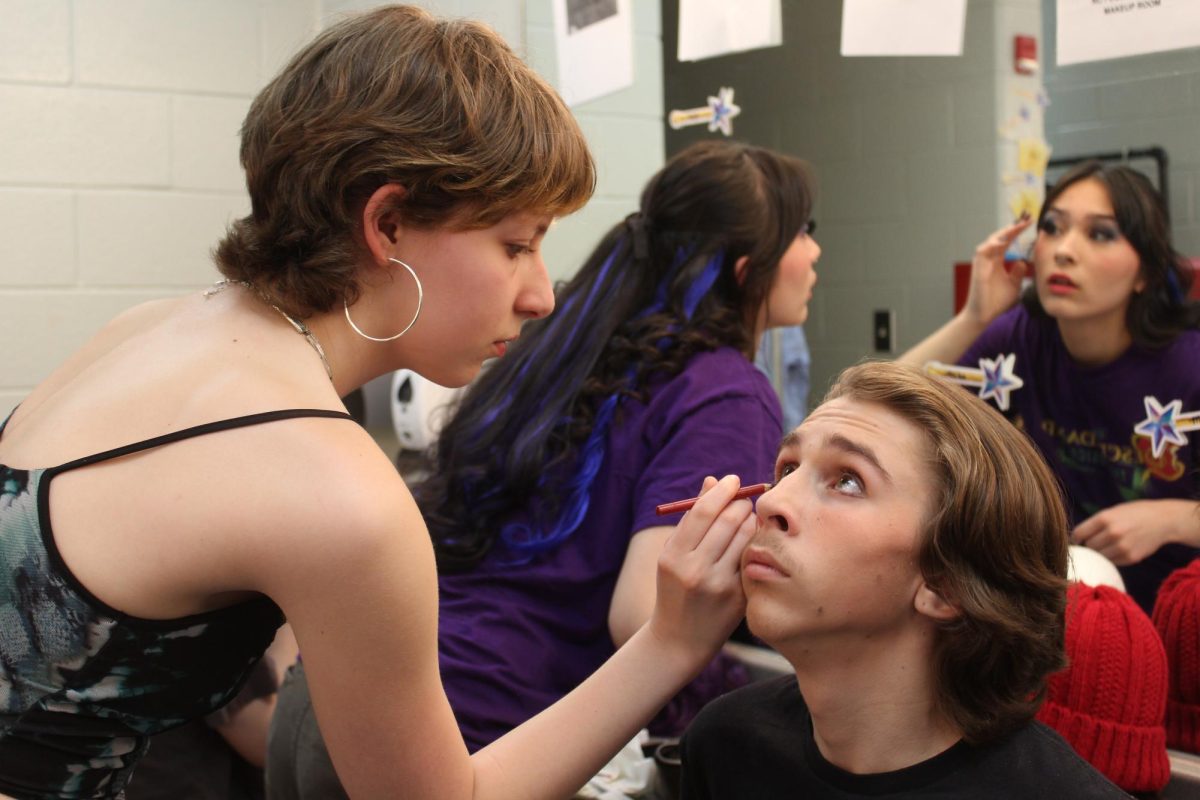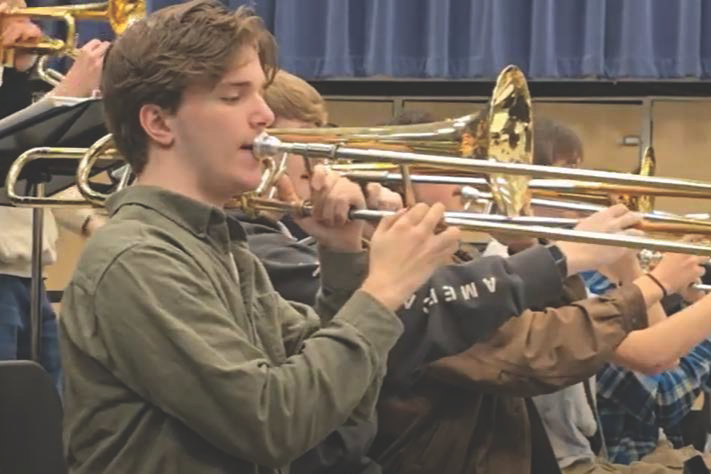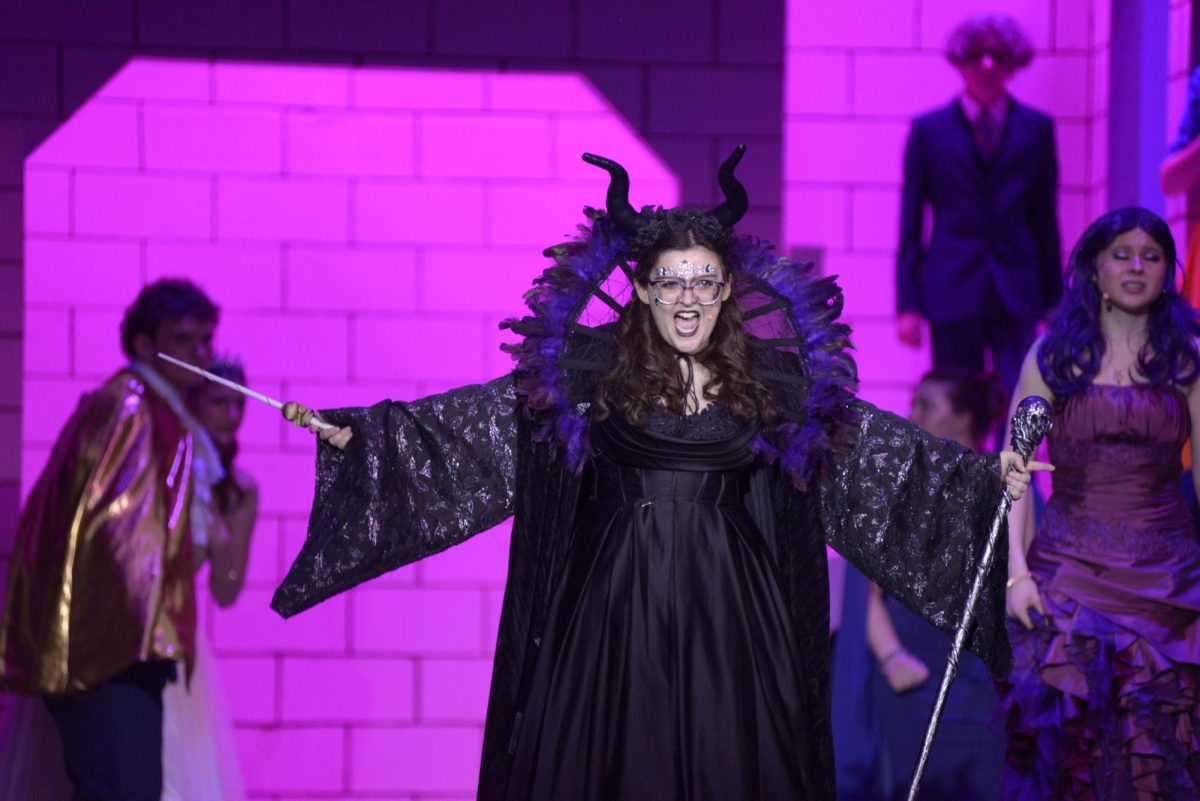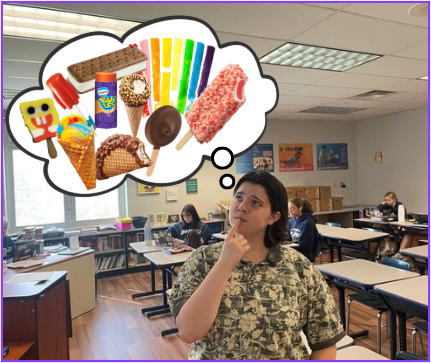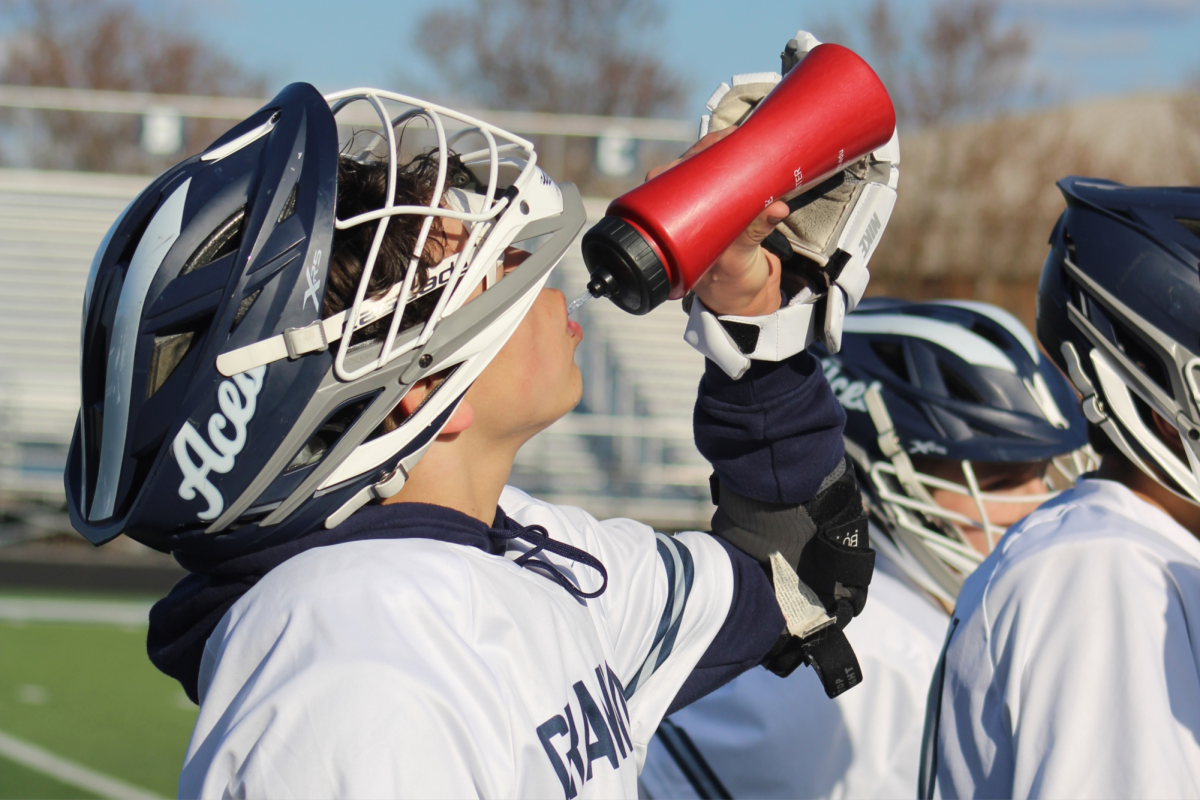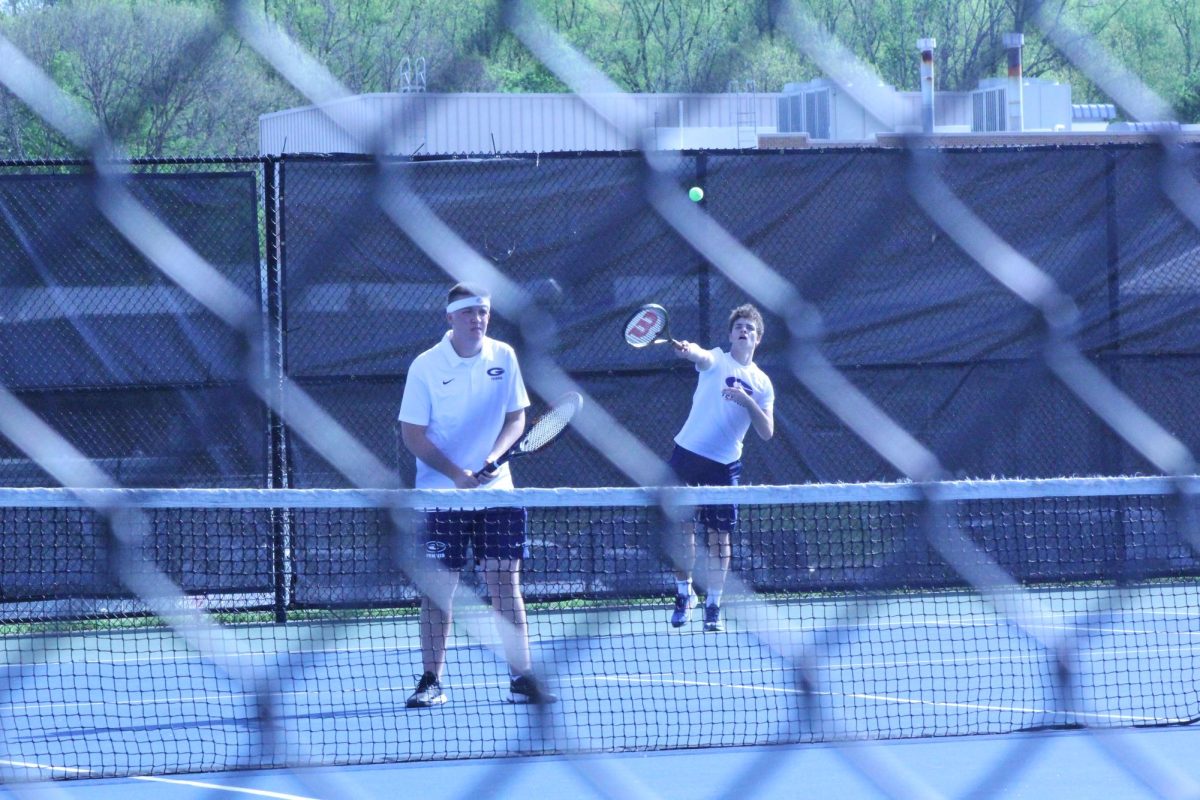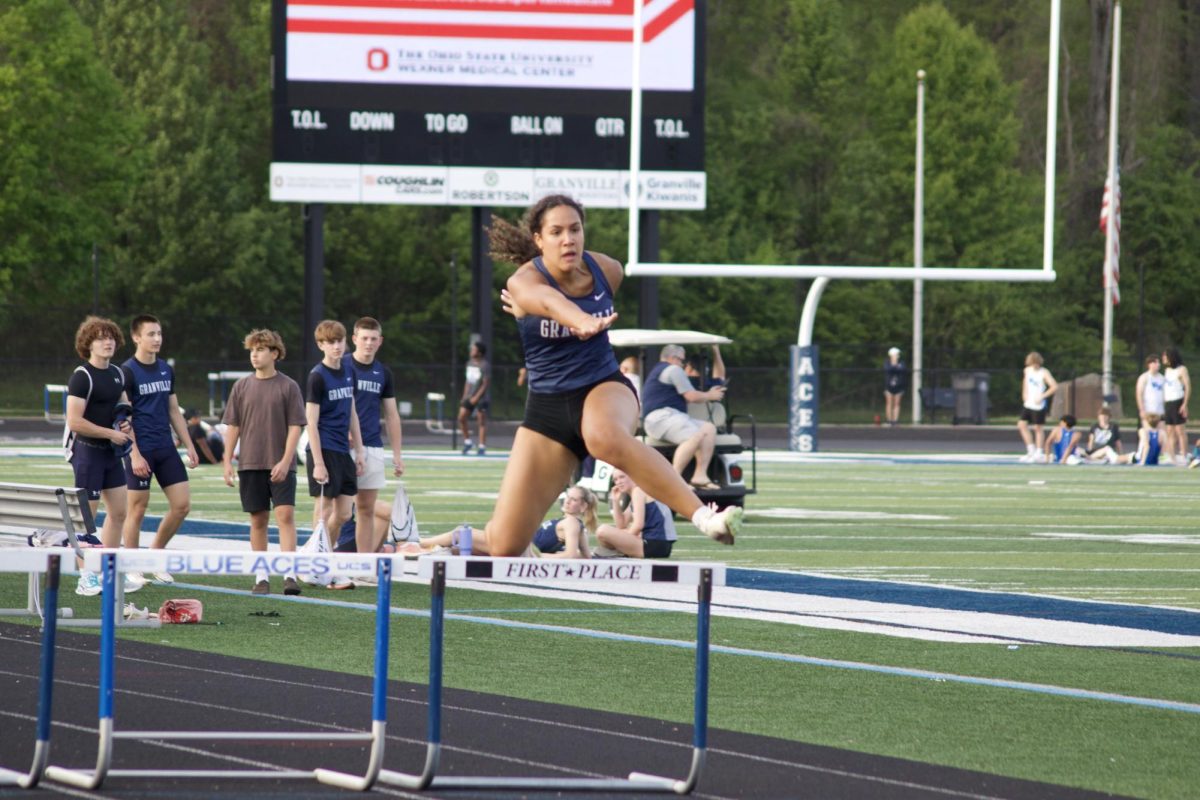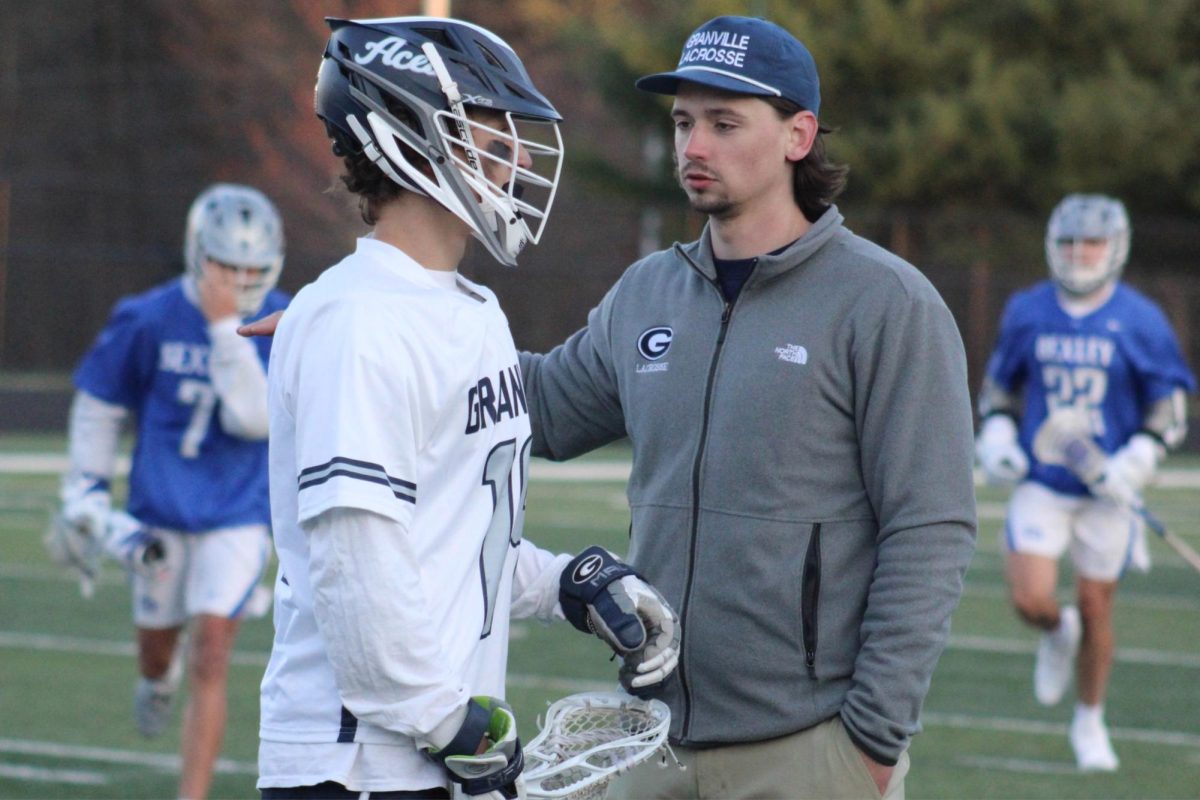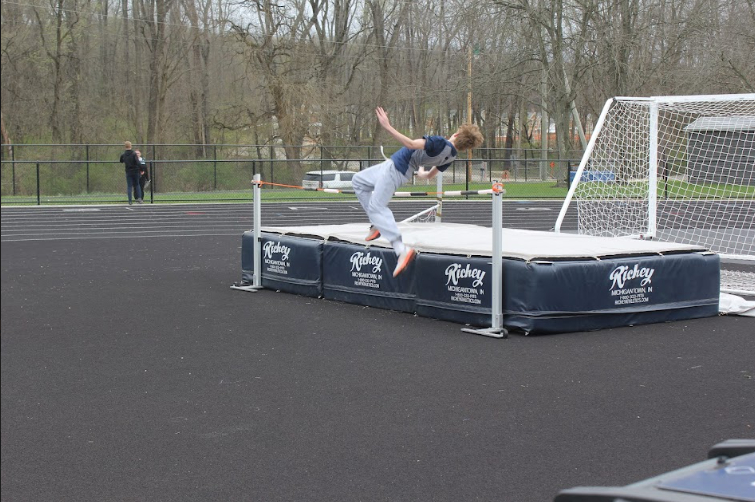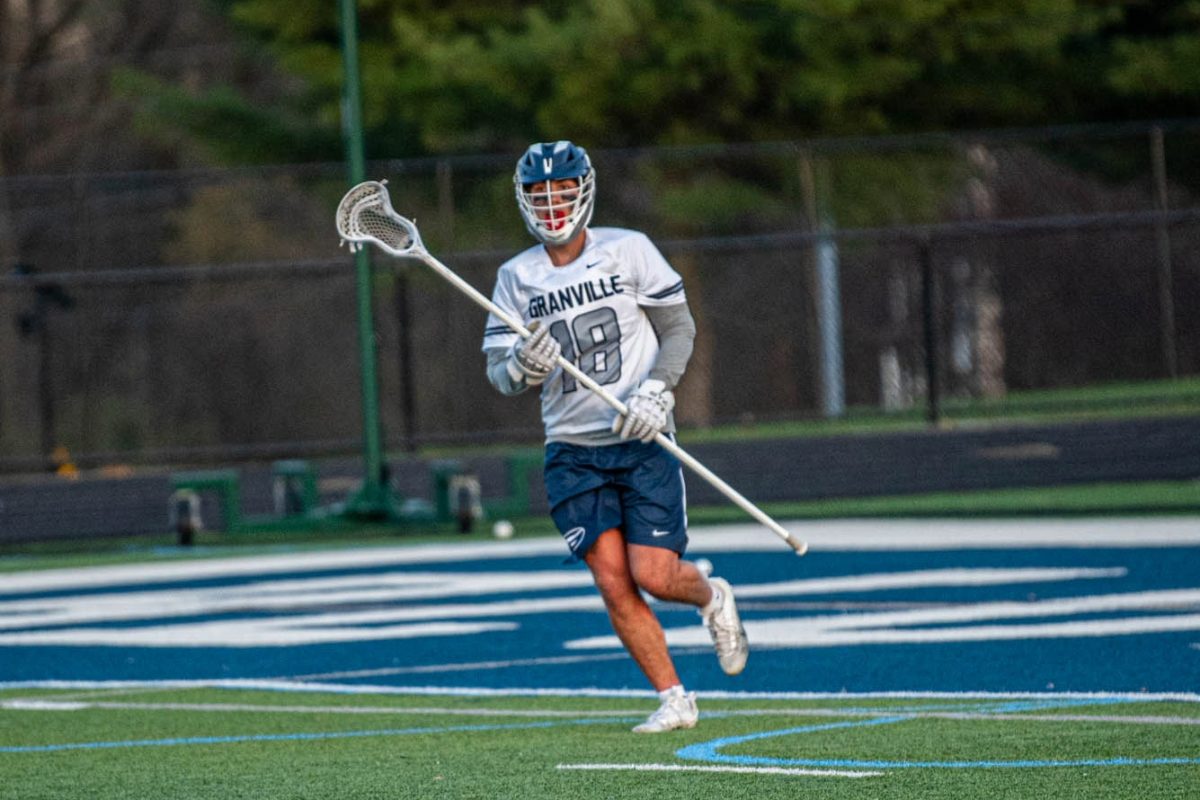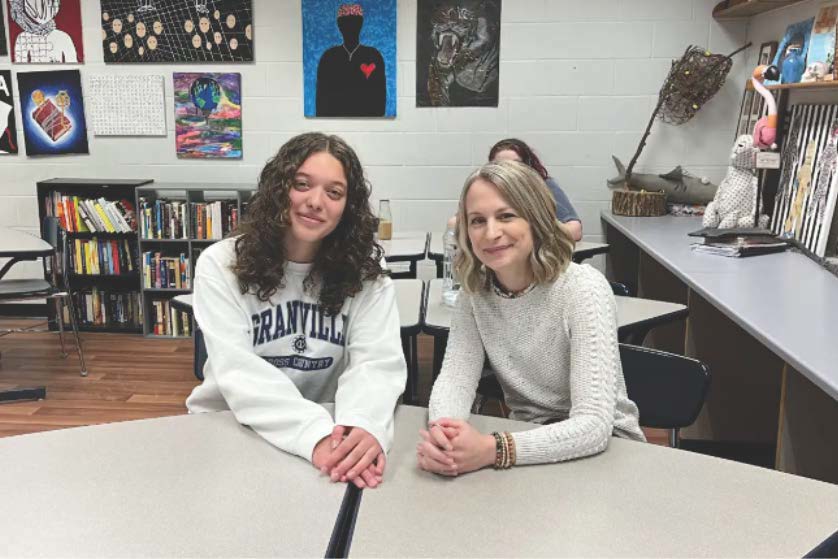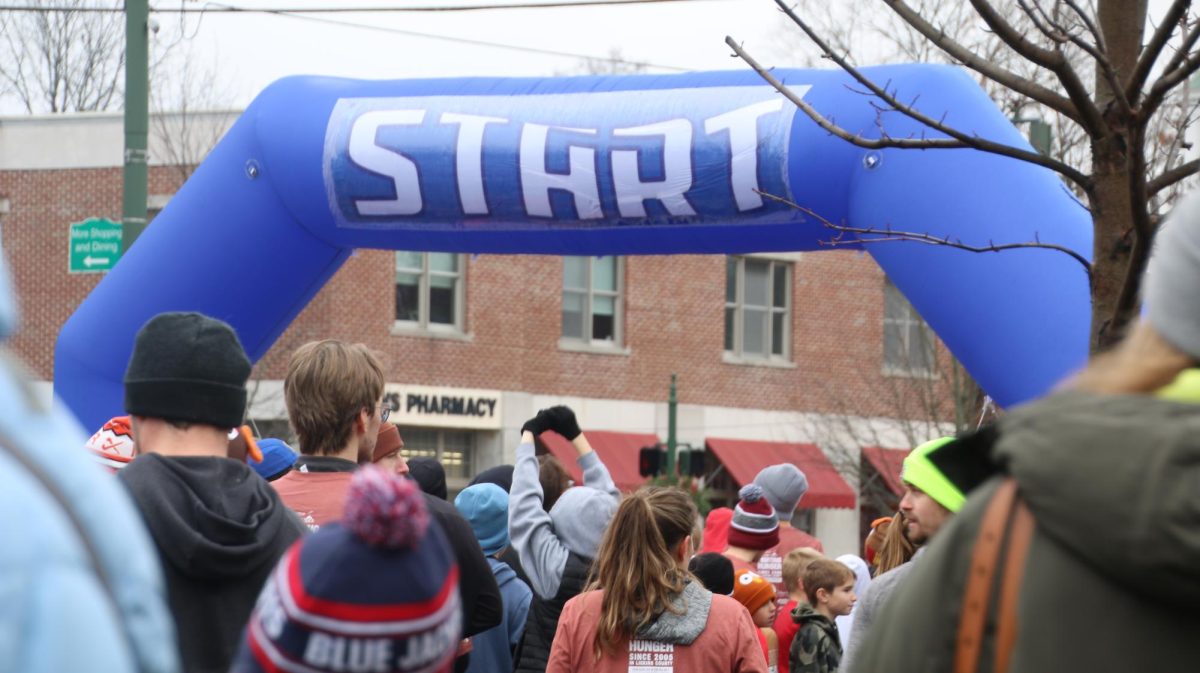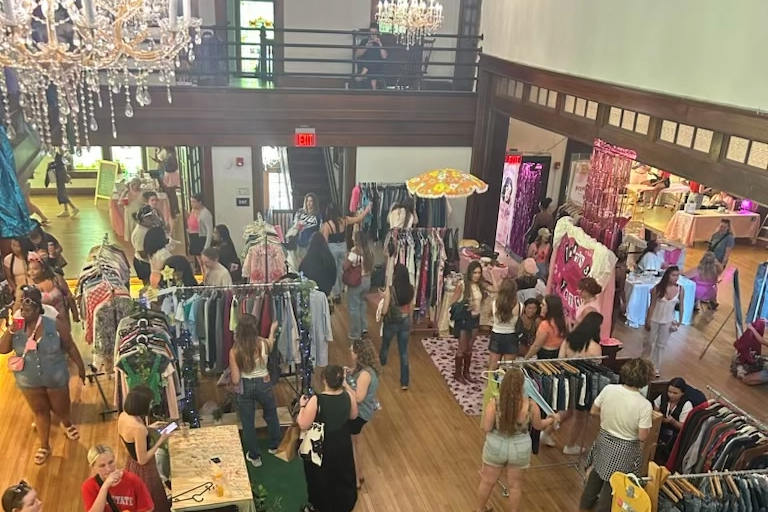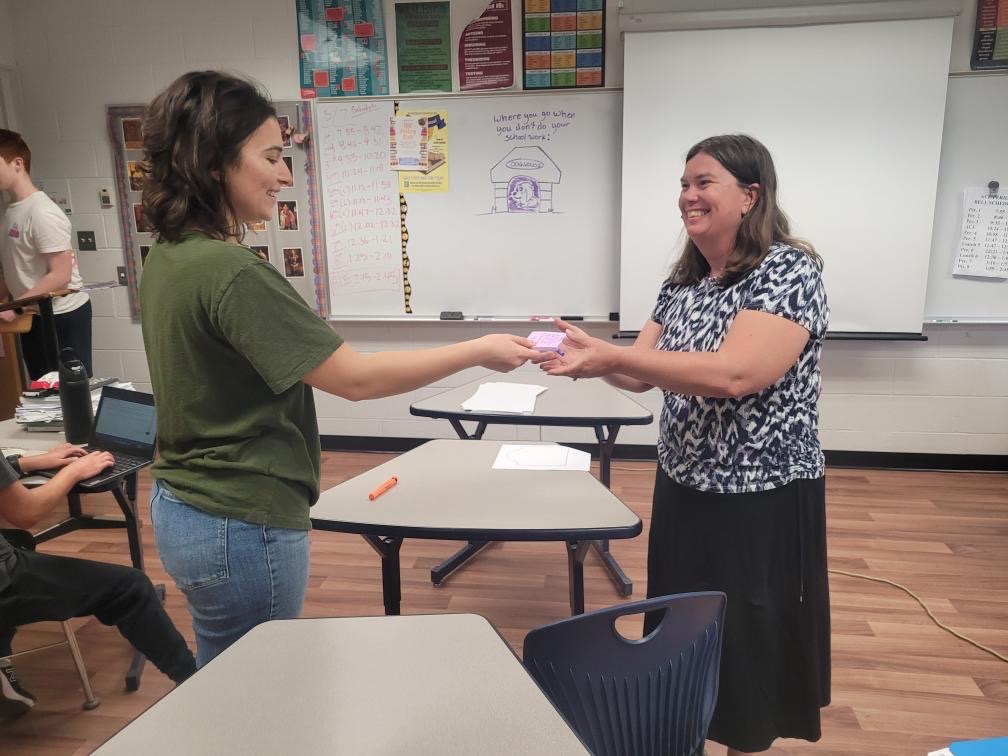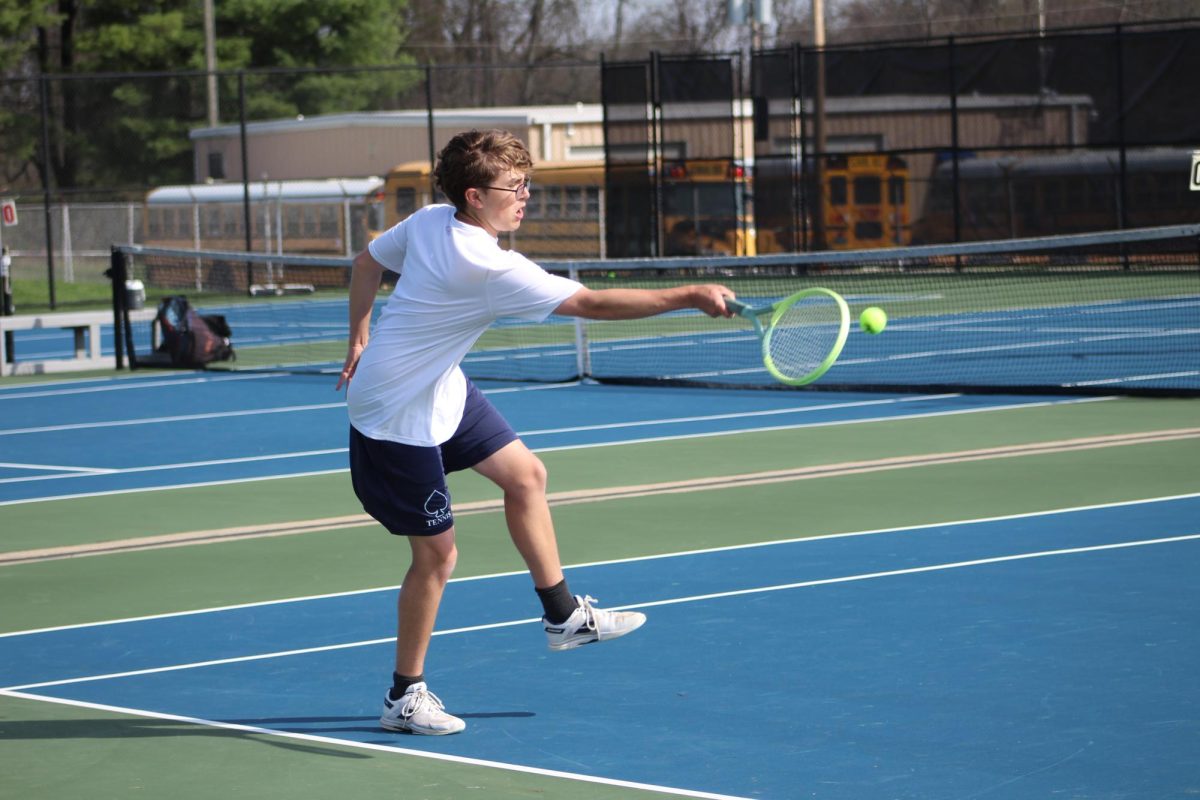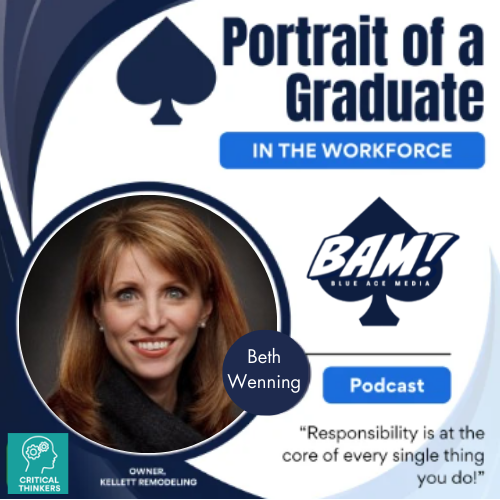Located outside the soccer fields stands a statue in honor of Granville alumni Lance Connor Senn (’01), an Ohio State University soccer player who died of congenital heart defect after collapsing during a game.
In the United States alone 350,000 Americans die without warning due to cardiac arrhythmias, according to the SADS Foundation. A cardiac arrhythmia happens when the heart goes out of rhythm, where it can go really fast or really slow, but mainly it doesn’t perfuse blood causing a racing heart, passing out, or even in some conditions die.
Sudden cardiac arrests can happen to anyone without even knowing it: these aren’t planned and have undistinguishable symptoms, but there are warning signs, according to the SADS Foundation. Since many athletes are at risk of sudden cardiac arrest without even knowing it, the school is now taking steps to increase awareness of cardiac arrhythmia through the Heart Safe School Program.
“This program aims to increase awareness of sudden cardiac emergencies and devise an emergency response plan within each school,” said Principal Matt Durst.
All high school students received a pediatric sudden cardiac emergency risk assessment form, which asks students if they have ever experienced any of the warning signs. If a student answers yes to any of those questions, he or she should see a doctor.
To check if a young person is at risk, a doctor will order an EKG, which checks the inner roles of the pulses of the heart as the abnormal QT interval, according to the SADS Foundation.
If a cardiac arrhythmia is detected ahead of time a child can be treated and never have a problem later on in life.
Warning signs of sudden cardiac arrest include family history of someone who died of an unexpected or unexplainable death at a young age, having a fainting episode or a seizure during exercise, startle, lack of nutrition, or excitement and an unusual shortness of breath of chest pain during an exercise, according to the SADS Foundation.
“The goal of the program is to continue the effort to make our schools a safe place for the students and for all who enter through the doors,” said Durst.
For more information, got to www.stopSADS.org/HSSA .


